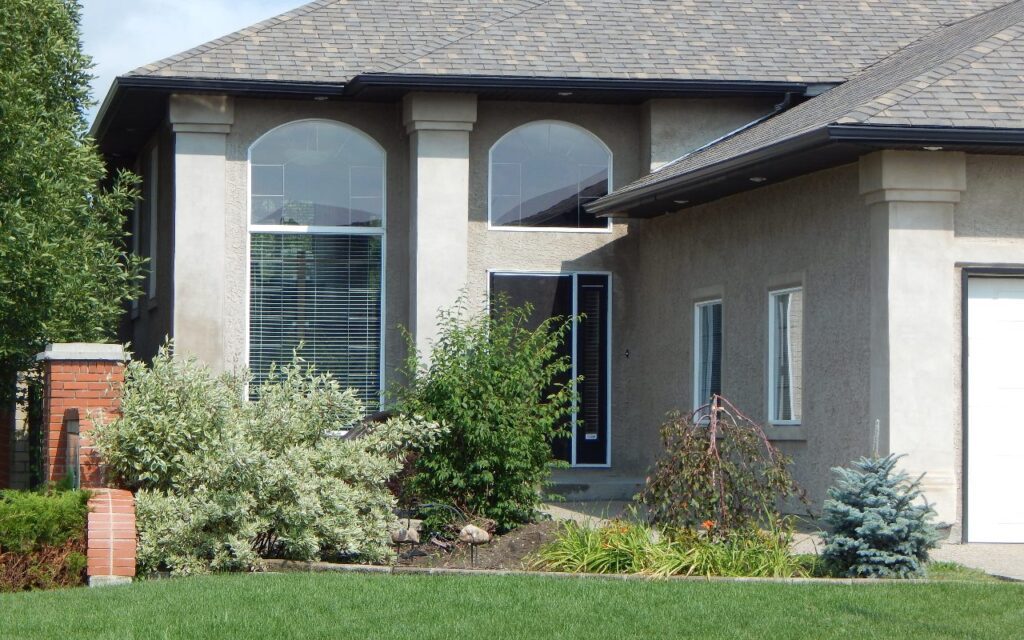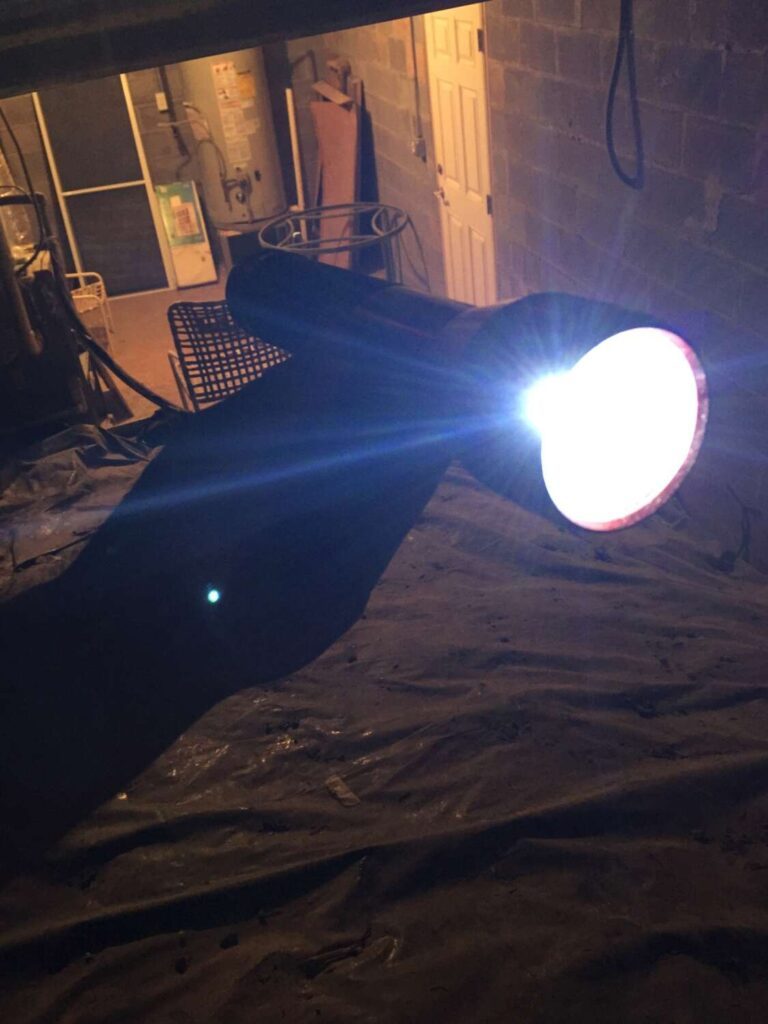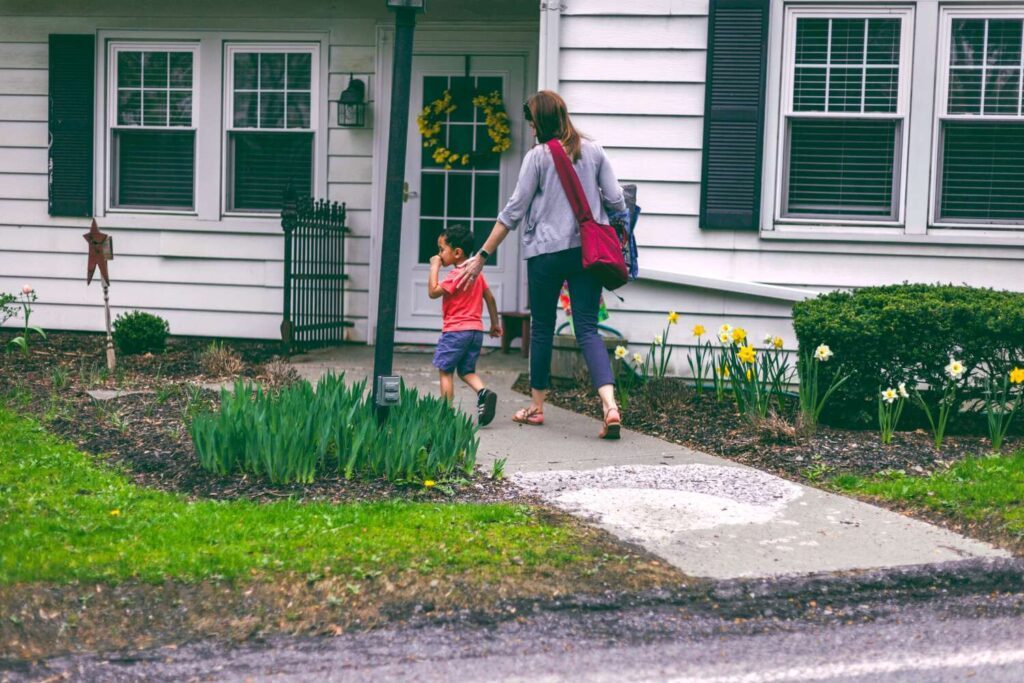All houses can be sick or healthy.
A sick house ultimately brings an overwhelming load of both expenses and costs upon those who own and/or occupy it.
These literal and figurative costs often include a rise in repair bills and utility bills; added health care bills, along with a decrease in overall wellness and personal energy level; a decline in personal performance at work and play; and ultimately downturns in mood, outlook and spirit.
A sick-house environment severely upsets a family’s most basic needs to be safe, healthy and secure.
The National Environmental Health Association outlines eight groups of action steps to achieve and uphold healthy homes.

- Safe
- Dry
- Clean
- Maintained
- Pest Free
- Ventilated
- Thermal Control
- Toxin Free
Let’s address the direct expense and costs of achieving and maintaining a healthy home.
Safe, dry, clean and maintained: This set is the “can-do-it-yourself” part DIYers most likely can handle. If you feel you have the aptitude, time and energy, this is a great place to start. This first set corrects and prevents 80 percent of the issues at 10 percent of the expense if you do it yourself or 30 percent if you hire it out.
For example, examine the path rainwater follows from your roof, gutters, downspout and drain. Look for safety hazards. Identify what may be broken and declutter so you can see what may be hidden from view (like that moldy wall behind the bookcase).
Ventilated, pest free, and thermal control: This is the next set of general objectives. With a bit of learning, which is very accessible online nowadays via publications and how-to videos, you might be surprised you can accomplish about half of what needs to be done in this set yourself.

Unless we devote ourselves to a life of absolute homesteading, none of us can have the knowledge, time or tools needed for some of the projects that require technical expertise and craftsmanship, strength or teamwork.
At some point, you will most likely be needing local service professionals to help you with the other 50 percent that are beyond your abilities. The usual suspects that require outside help include HVAC, plumbing, flooring, appliance repair, roofers, electricians, weatherization pros, air quality pros and house performance pros. However, this set of house-needs corrects and can prevent 20 percent of the issues at 70 percent of the expense with hired help, or 50 percent if you do some of it yourself.
You can use foil tape, nylon strapping, duct insulation wrap and silver tape to repair, seal and insulate a good many parts of the air duct system yourself. You can use cement, metal screening or flashing and copper wool to seal pest-entry points closed to discourage pest intrusions. You can use caulk, foam and insulation board to air-seal your ceiling’s air drafts.
Toxin free: Last but not least, this is pretty much a freebie. The reason? This is not a set of tasks to implement; it is actually an end result.
By taking care of the other seven items toward achieving a healthy home, the result is there will not be the conditions of a sick house. In other words, there will be minimal production of toxins, pollutants, irritants and allergens. Yes, a house that has been neglected will have plenty of unhealthy stuff to clean away, but even the ugliest house monsters can be tamed.
The key to accomplishing most of these eight benchmarks for less than $1,000 is to begin with a thorough look through the house. Take note of what you see (mold, algae, dirt?); smell (odor or mustiness?); feel (air?); and hear (drip drip drip)?

Put together a checklist. Don’t be overwhelmed. Start with the common-sense stuff like decluttering, dust pick-up and cleaning. Check for gaps in the basement walls or around windows. Caulk is pretty cheap and goes a long way.
As you look over your list, identify the things you don’t feel capable of handling. Plumbing? Gutters? Ceiling fan installation? (Note: Air movement is a very inexpensive fix.)
Whatever areas make you gulp, that’s where you turn to professionals. There are excellent resources online for providers with verified reviews. And, of course, ask your neighbors.
Use what you’ve discovered about the house to formulate a unique plan that you can implement. Plus, remember that sometimes the least expensive way to achieve the highest results is to leave it to the professionals.
Rick Bayless is founder and owner of A Healthier Home LLC. Board-certified as an indoor environmental consultant (Indoor Air Quality Association) and as a Healthy Homes Specialist (National Environmental Health Association), Rick offers expert, unbiased evaluations and services regarding a home’s environmental and wellness status. Connect with Rick at ahealthierhomenc.com.

